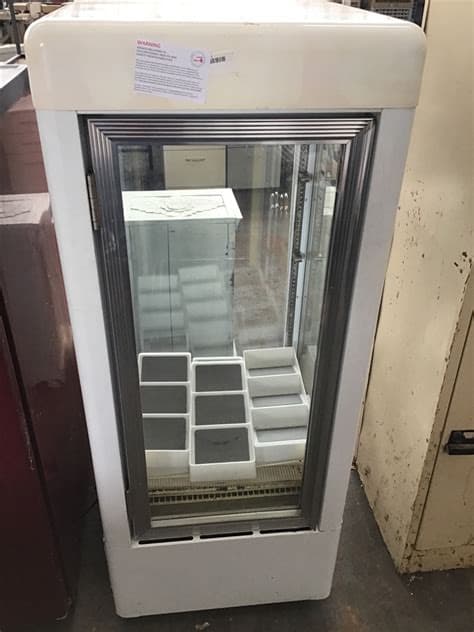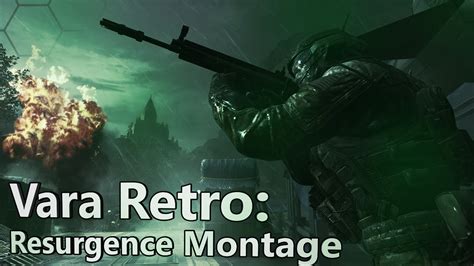The Nostalgic Appeal of Retro Displays
In recent years, there has been a resurgence of interest in retro display technologies, from classic CRT monitors to vintage LED displays. This trend is driven by a combination of nostalgia, aesthetics, and a desire for a more authentic, tactile experience in an increasingly digital world.
The Charm of CRT Monitors
CRT (Cathode Ray Tube) monitors, once ubiquitous in homes and offices, have been largely replaced by modern LCD and OLED displays. However, many enthusiasts still appreciate the unique characteristics of CRT technology, such as:
- Deep blacks and vibrant colors
- Smooth motion without ghosting or latency
- The warm, analog glow of the phosphors
Some gamers and video professionals even seek out high-end CRT monitors, like the Sony FW900, for their unparalleled picture quality and responsiveness.
The Resurgence of LED Displays
LED (Light Emitting Diode) displays, often associated with digital clocks and calculators from the 1970s and 80s, are experiencing a comeback in various forms:
- Smartwatches with retro LED-style faces
- LED matrix displays for art installations and signage
- DIY projects using LED matrices and microcontrollers
The chunky, pixelated aesthetics of LED displays evoke a sense of nostalgia and provide a refreshing contrast to the sleek, high-resolution screens that dominate modern devices.
Retro Displays in Modern Contexts
Retro Gaming
One of the main drivers behind the retro display resurgence is the growing popularity of retro gaming. Enthusiasts and collectors seek out original hardware to experience classic games as they were intended, often using CRT monitors or TVs for the most authentic experience.
Some modern games even incorporate retro display styles as an aesthetic choice, such as the CRT filter in “Sonic Mania” or the LED-style graphics in “VVVVVV.”
Art and Design
Retro display technologies have also found their way into the art and design world, with artists and designers incorporating CRT monitors, LED matrices, and other vintage displays into their work.
Examples include:
- Glitch art, which exploits the artifacts and distortions of analog displays
- Installations using CRT monitors as sculptural elements
- LED matrix animations and interactive displays
The unique visual qualities of retro displays provide a rich palette for creative expression and experimentation.
Retro-Inspired Products
The popularity of retro displays has also led to the development of various retro-inspired products, such as:
| Product Category | Examples |
|---|---|
| Smartwatches | – Pebble Time Round with LED-style display – Apple Watch with retro LED watch faces |
| Computer Peripherals | – Mechanical keyboards with retro keycap designs – Mouse pads with pixel art or 8-bit graphics |
| Home Decor | – LED matrix clocks and wall art – CRT-shaped lamps and furniture |
These products allow consumers to incorporate the aesthetics of retro displays into their daily lives, even if they don’t necessarily use the original hardware.

Challenges and Limitations
Despite the growing interest in retro display technologies, there are several challenges and limitations to consider:
Availability and Maintenance
As CRT monitors and other retro displays become increasingly rare, it can be difficult and expensive to acquire and maintain them. Some enthusiasts resort to scouring online marketplaces, thrift stores, and recycling centers for usable hardware.
Moreover, the aging components and materials used in retro displays can degrade over time, requiring specialized knowledge and skills to repair and restore them.
Compatibility and Performance
Retro displays may not always be compatible with modern hardware and software, requiring adapters, converters, or custom solutions to integrate them into contemporary setups.
Additionally, the technical limitations of retro displays, such as low resolutions, refresh rates, and color depths, may not be suitable for certain applications or meet modern expectations of visual quality.
Energy Efficiency and Environmental Impact
Many retro display technologies, particularly CRTs, consume significantly more power than modern displays and contain hazardous materials like lead and phosphors. As environmental concerns grow, the use of retro displays may come under scrutiny, and proper disposal or recycling becomes increasingly important.

Frequently Asked Questions (FAQ)
-
What is the appeal of retro display technologies?
Retro display technologies offer a unique combination of nostalgia, aesthetics, and performance characteristics that some enthusiasts find appealing. The warm, analog glow of CRT monitors, the chunky pixels of LED displays, and the tactile experience of interacting with vintage hardware all contribute to the appeal of retro displays. -
Can I use a CRT monitor with my modern computer?
In most cases, yes, but it may require some adaptation. Many modern graphics cards still support analog VGA output, which can be connected to a CRT monitor. However, you may need to configure your operating system and applications to work optimally with the lower resolutions and refresh rates of CRT monitors. -
Are retro displays more expensive than modern displays?
It depends on the specific type and model of the display. Some rare and highly sought-after CRT monitors, like the Sony FW900, can command high prices on the secondary market. However, many retro displays can be found at relatively low costs in thrift stores, recycling centers, or online marketplaces. -
How do I properly dispose of a CRT monitor?
CRT monitors contain hazardous materials and should not be disposed of in regular trash. Check with your local waste management authorities or electronics recycling centers for proper disposal guidelines. Some recycling centers may even offer free CRT monitor recycling services. -
Can I build my own retro-style LED matrix display?
Yes, there are many DIY projects and kits available for building LED matrix displays. These often involve using microcontrollers like Arduino or Raspberry Pi, along with LED matrix panels and custom software. There are numerous online resources, tutorials, and communities dedicated to LED matrix projects for beginners and experienced makers alike.

Conclusion
The resurgence of retro display technologies in recent years reflects a growing appreciation for the unique qualities and aesthetics of vintage hardware. From the nostalgic appeal of CRT monitors in retro gaming to the creative possibilities of LED matrix displays in art and design, retro displays continue to captivate enthusiasts and inspire new applications.
As the trend continues to evolve, it will be interesting to see how retro displays are preserved, adapted, and reimagined in an increasingly digital world. Whether as functional tools, artistic expressions, or nostalgic collectibles, retro displays remind us of the enduring value and charm of the technologies that shaped our visual culture.

No responses yet